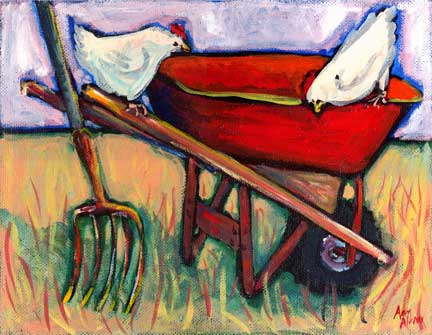Use 12 pt. font Times New Roman
MLA Heading (in left hand corner):
Your name
Teacher name
Course name (CW7)
Assignment/Date
Open a word document. Put an MLA heading on top. Create a full page of YOUR Writing Territories lists. Save your document.
Assignment #1: Writing Territories/Making Lists for Writing Topics
Don't try to figure out what other people want to hear from you; figure out what you have to say. It's the one and only thing you have to offer. ~ Barbara Kingsolver
In Collecting Your Writing Territories, Consider . . .and Make Lists of Ideas. Brainstorm what you can write about. Be specific.
memories: early, earlier, and recent favorites, now and then
obsessions pets, now and then
idiosyncrasies teachers, now and then
problems places: school, camp, trips, times away with friends and relatives
dreams hobbies
itches sports
understandings music
confusions games
passions books
sorrows poems
risks songs
accomplishments movies
fears writers and artists
worries food
fantasies pet peeves
family, close and distant beloved things-objects and possessions, now and then
friends, now and then all the loves of your life
fads
